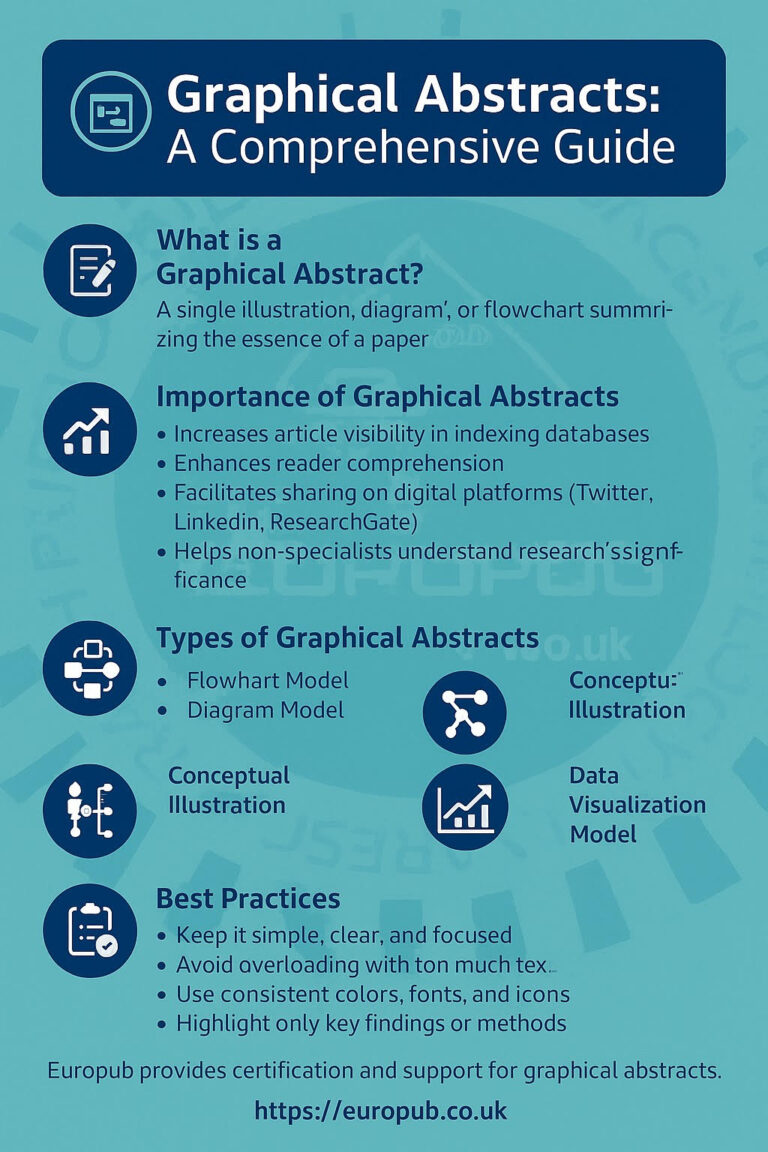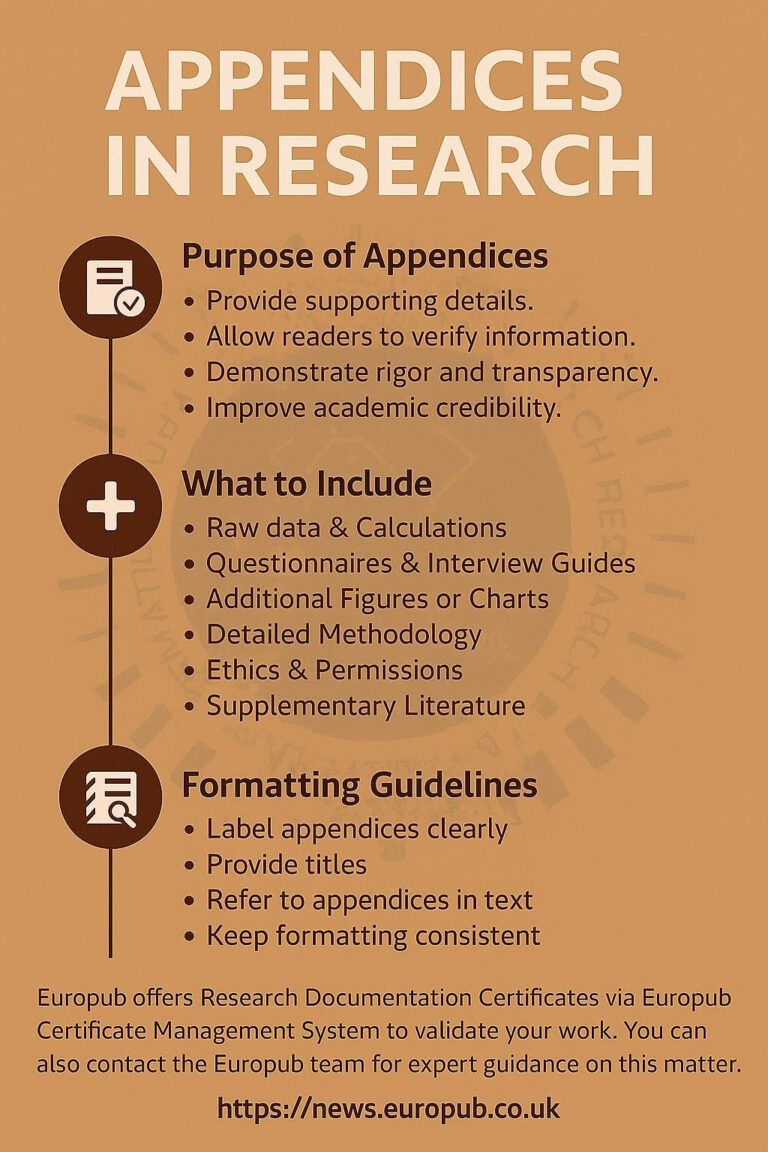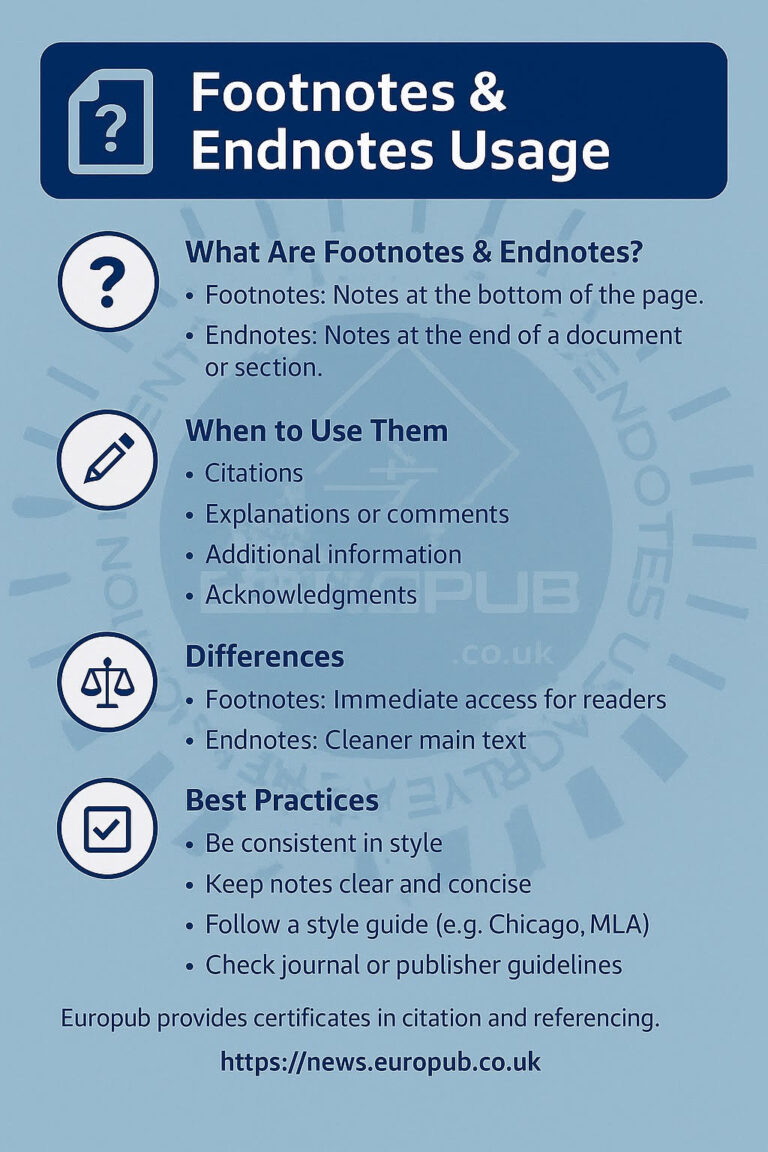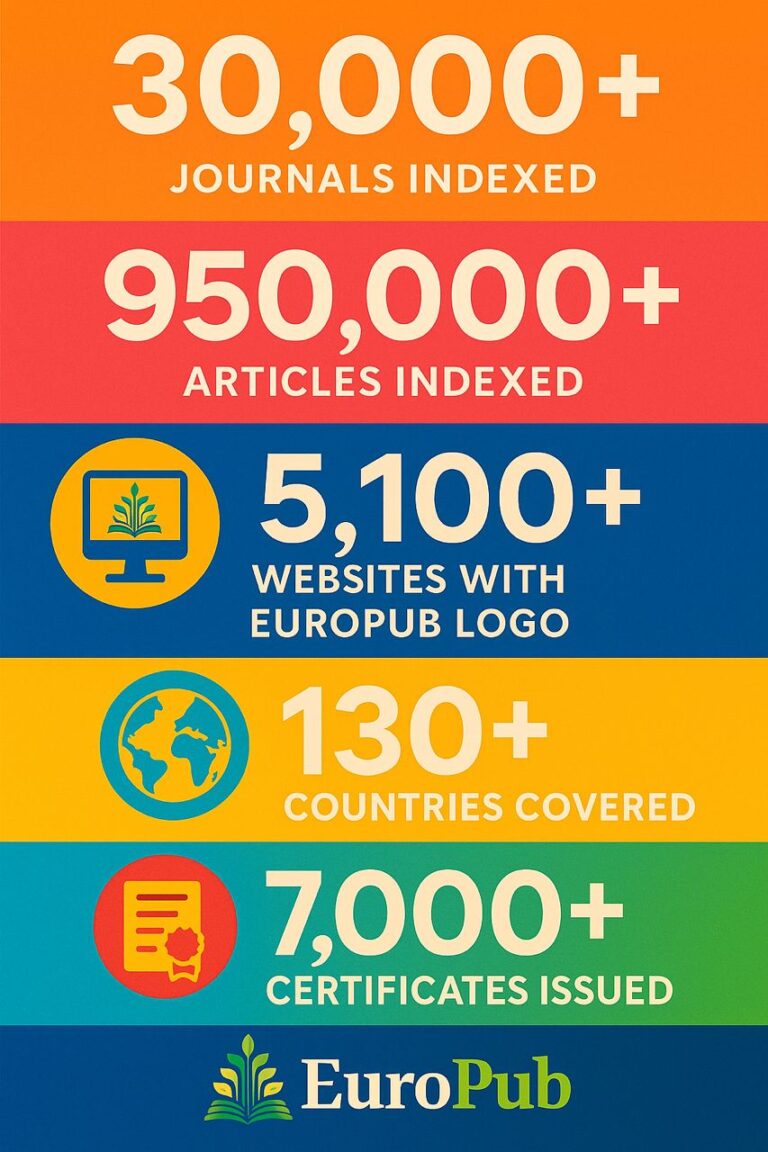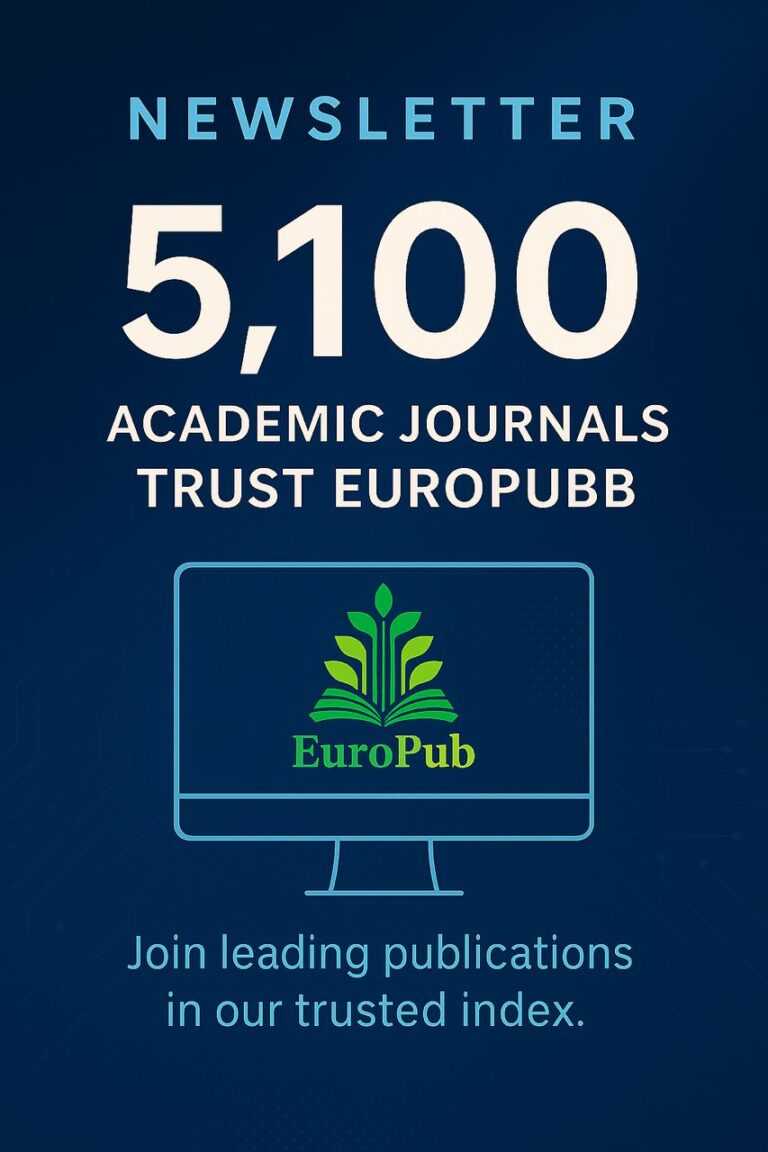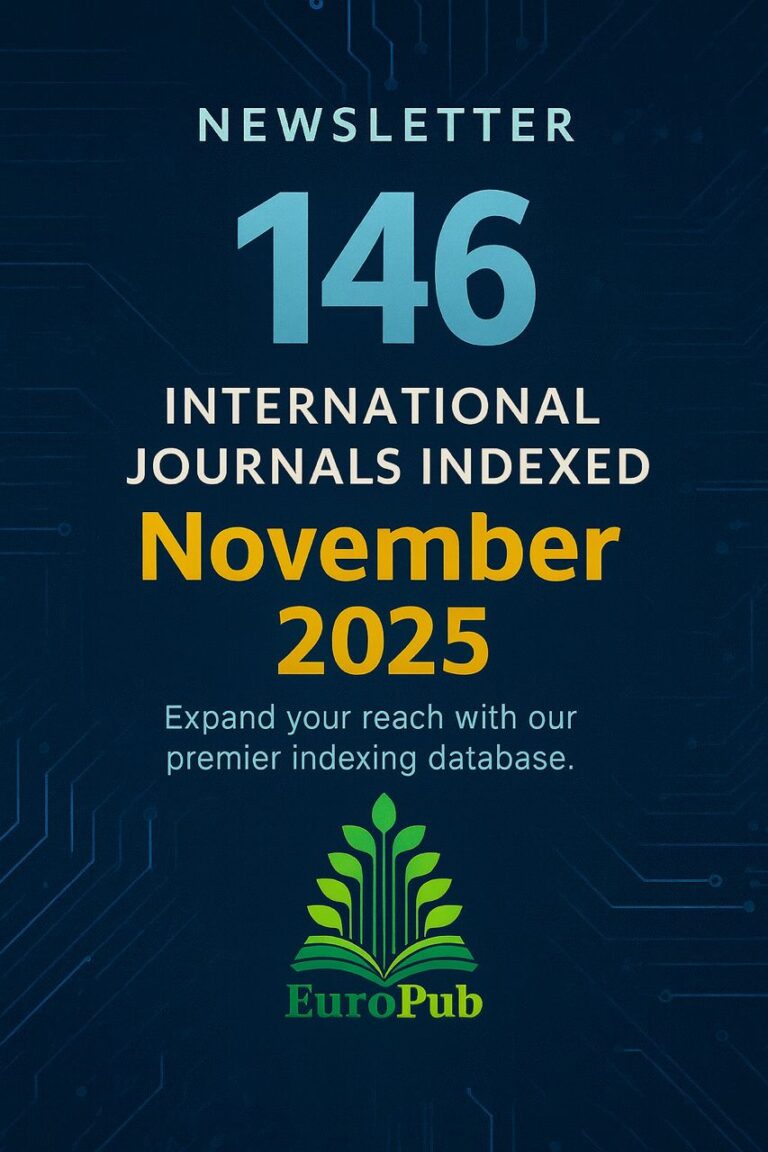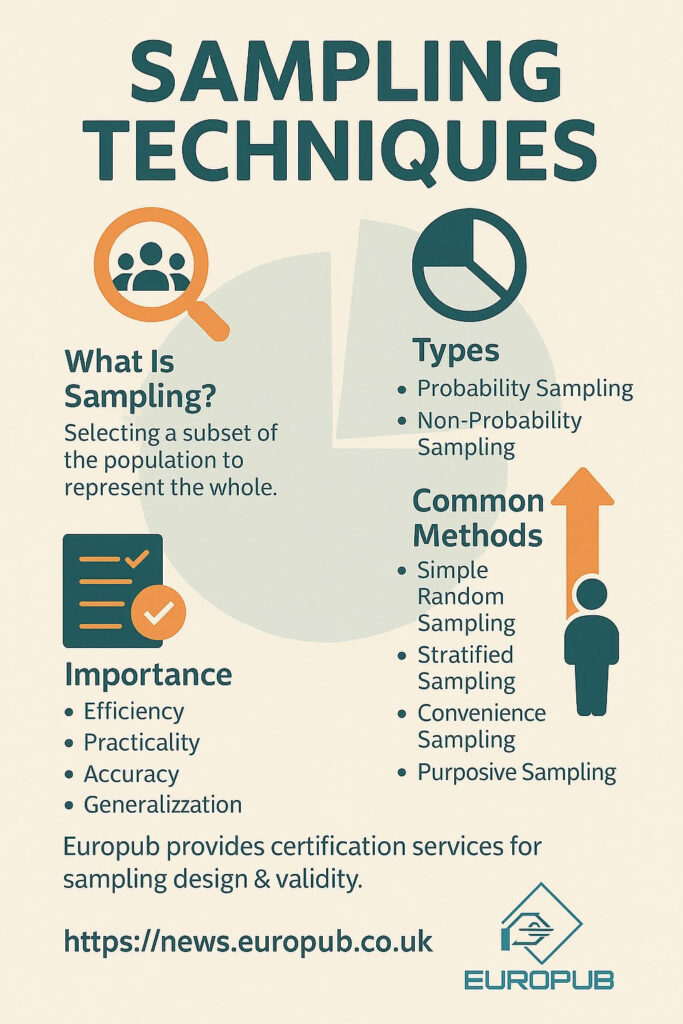
Introduction
In research, studying an entire population is often impractical, expensive, or impossible. Instead, researchers select a sample, a smaller subset of the population, to represent the whole. The method used to choose this subset is called a sampling technique.
Selecting the right sampling method is critical: a well-chosen sample can produce valid, reliable, and generalizable results, while poor sampling can lead to bias and incorrect conclusions.
What is Sampling?
Sampling is the process of selecting a subset of individuals, objects, or data points from a larger population to study and analyze.
- Population: The entire group (e.g., all university students in the UK).
- Sample: A smaller group drawn from the population (e.g., 500 students from 10 universities).
Importance of Sampling in Research
- Efficiency – Saves time, money, and resources.
- Practicality – Makes large-scale studies possible.
- Accuracy – A good sample reflects the larger population.
- Generalization – Findings can be applied beyond the sample.
Types of Sampling Techniques
Sampling is broadly divided into Probability Sampling and Non-Probability Sampling.
A. Probability Sampling (Random-Based)
Every member of the population has a known chance of being selected.
1. Simple Random Sampling
- Definition: Every individual has an equal chance of selection.
- Example: Using a lottery system to pick student names.
- Strengths: Unbiased, simple to understand.
- Weaknesses: Needs complete population list.
2. Systematic Sampling
- Definition: Select every k-th individual from a list.
- Example: Every 10th patient entering a hospital.
- Strengths: Easy to implement.
- Weaknesses: Can be biased if population has patterns.
3. Stratified Sampling
- Definition: Divide population into subgroups (strata) and sample from each.
- Example: Sampling students by gender or age group.
- Strengths: Ensures representation of key subgroups.
- Weaknesses: Requires detailed population info.
4. Cluster Sampling
- Definition: Divide population into clusters, then randomly sample clusters.
- Example: Selecting schools as clusters, then testing all students in selected schools.
- Strengths: Cost-effective for large populations.
- Weaknesses: Less precise than stratified sampling.
5. Multistage Sampling
- Definition: Combination of methods applied in stages.
- Example: Randomly select cities → select schools → select students.
- Strengths: Practical for very large populations.
- Weaknesses: Complexity increases risk of bias.
B. Non-Probability Sampling (Non-Random)
Not all members have a chance of selection.
1. Convenience Sampling
- Definition: Selecting participants who are easiest to access.
- Example: Surveying classmates.
- Strengths: Quick, cheap.
- Weaknesses: Highly biased, not generalizable.
2. Purposive (Judgmental) Sampling
- Definition: Researcher selects participants based on purpose.
- Example: Interviewing only experts in artificial intelligence.
- Strengths: Focused and relevant.
- Weaknesses: Researcher bias.
3. Snowball Sampling
- Definition: Existing participants recruit new participants.
- Example: Studying hidden groups like drug users.
- Strengths: Useful for hard-to-reach populations.
- Weaknesses: Non-representative, biased.
4. Quota Sampling
- Definition: Selecting a sample that reflects certain characteristics in proportion.
- Example: Ensuring 50% male and 50% female participants.
- Strengths: Ensures subgroup balance.
- Weaknesses: Not fully random.
Choosing the Right Sampling Technique
Factors to consider:
- Research goals (exploratory, descriptive, experimental).
- Population size and accessibility.
- Time and resources available.
- Required accuracy and generalizability.
Common Mistakes in Sampling
 Too small sample size.
Too small sample size.
 Ignoring population diversity.
Ignoring population diversity.
 Over-reliance on convenience sampling.
Over-reliance on convenience sampling.
 Not reporting sampling method clearly in methodology.
Not reporting sampling method clearly in methodology.
Real-Life Example
A national study on COVID-19 vaccine acceptance:
- Population: All citizens in a country.
- Sampling method: Stratified sampling (age, gender, region).
- Outcome: Accurate reflection of population attitudes, used to guide government policy.
Tools & Resources
Europub Certification & Guidance
Europub provides Sampling Design & Research Validity Certificates via its Certificate Management System.
 Certificate of Probability Sampling Design
Certificate of Probability Sampling Design
 Certificate of Non-Probability Sampling Competency
Certificate of Non-Probability Sampling Competency
 Certificate of Research Validity & Reliability
Certificate of Research Validity & Reliability
With Europub certification, researchers can:
- Validate their sampling design.
- Gain credibility in journal and conference submissions.
- Improve acceptance in Scopus/ISI-indexed publications.
 Apply here: https://cms.europub.co.uk
Apply here: https://cms.europub.co.uk
 Main site: https://europub.co.uk
Main site: https://europub.co.uk
 Newsletter: https://news.europub.co.uk
Newsletter: https://news.europub.co.uk
 Researchers can also consult Europub experts for personalized guidance in choosing and implementing sampling techniques.
Researchers can also consult Europub experts for personalized guidance in choosing and implementing sampling techniques.
Conclusion
Sampling techniques are the cornerstone of reliable research. By selecting the right method—whether probability-based or non-probability—researchers ensure valid, unbiased, and generalizable findings. Europub supports scholars with certification and expert guidance, ensuring compliance with international academic standards.
